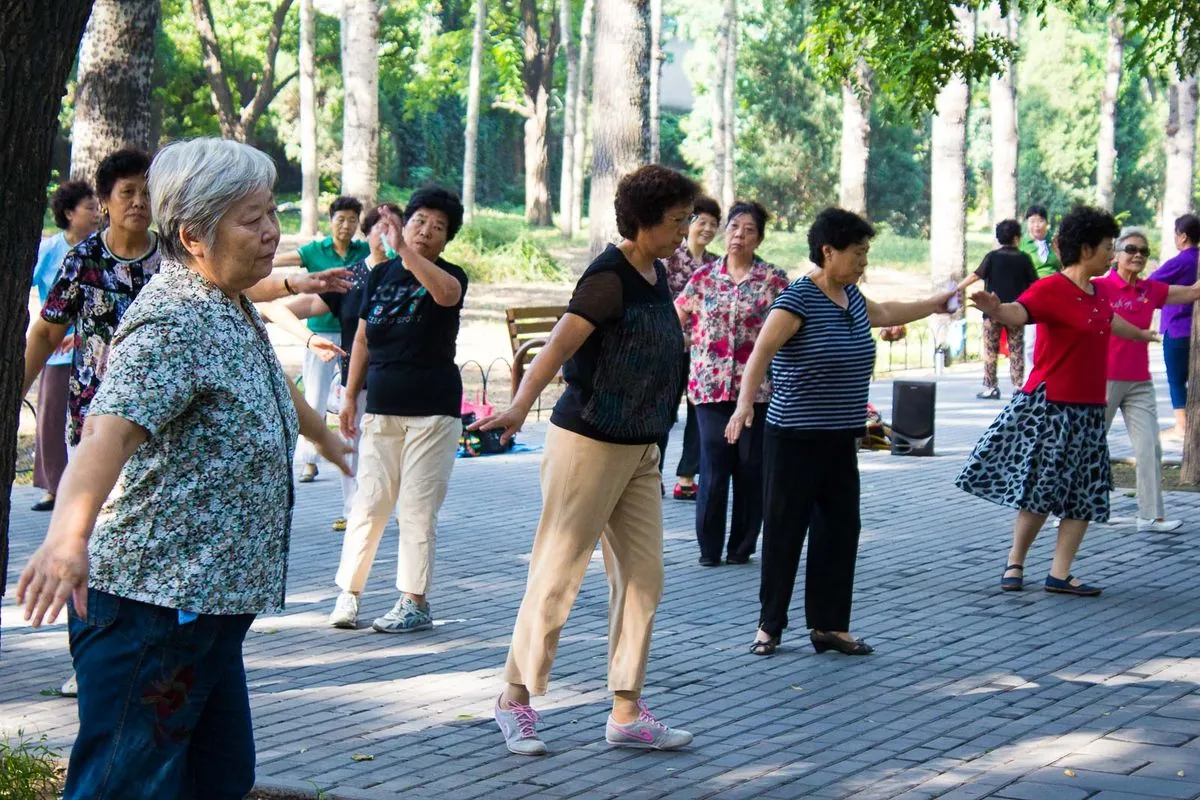China has embarked on a crucial journey to reform its pension system, facing the dual challenges of an aging population and slowing economic growth. The country's recent move to raise retirement ages marks the beginning of a complex process aimed at addressing gaping pension deficits and bolstering a shrinking workforce.
The urgency of these reforms stems from China's unique demographic situation, exacerbated by the legacy of its one-child policy. Implemented in 1979 and phased out in 2015, this policy prevented an estimated 400 million births over its lifetime. As a result, China's population peaked in 2022 at 1.4 billion and has since started declining. The country's fertility rate in 2022 was a mere 1.2 children per woman, far below the replacement level of 2.1.
Premier Li Qiang described the reform as a "significant move" to enhance China's social security system and improve people's livelihoods. However, the path forward is fraught with challenges. Both older and younger workers have expressed concerns about the changes, highlighting the delicate balance policymakers must strike.
The demographic shift is stark: China's median age is projected to reach 51 by 2050, up from 38 in 2022. This aging trend puts immense pressure on the pension system, which is primarily pay-as-you-go, meaning current workers fund retirees' benefits. The old-age dependency ratio is expected to triple between 2015 and 2050, further straining the system.
China's pension landscape is marked by significant disparities. Monthly urban pensions range from approximately 3,000 yuan ($425) in less-developed provinces to about 6,000 yuan in Beijing and Shanghai. In contrast, rural pensions, introduced nationwide in 2009, are considerably lower. This disparity reflects the broader rural-urban income gap, which, although narrowing, remains substantial.
The financial pressure on the pension system is evident, with about one-third of China's provincial-level jurisdictions running pension deficits. Without reforms, China's Academy of Social Sciences estimates the pension system will be depleted by 2035. This looming crisis is compounded by the fact that China's working-age population peaked in 2011 and has been declining since.
Economic factors further complicate the situation. China's economic growth rate has decelerated from around 8% in the early 2000s to approximately 5% currently, with projections suggesting it could drop to as low as 1% after 2035. This slowdown limits the government's ability to finance pension deficits through economic expansion.
The reform introduces changes to the contribution period required for pension eligibility. Starting in 2030, the minimum contribution time will increase from 15 to 20 years. This adjustment, while necessary, may pose challenges for workers in the gig and informal economy, potentially making it harder for many blue-collar workers to qualify for their pensions.
Alicia Garcia Herrero, Natixis' chief economist for Asia Pacific, emphasizes the urgency of addressing the pension problem while economic growth can still finance the deficit. The window for effective reform is narrowing as growth rates decline.
The initial fiscal impact of raising retirement ages may be limited due to the voluntary nature of the changes for many workers. This gradual approach reflects the government's caution in implementing such significant social changes.
"Successful implementation of China's retirement age reforms will depend on managing risks...such as the skill set of the elderly population, the available jobs and their adaptability to developments in technology and innovation."
As China navigates these complex reforms, it must also consider broader social and economic factors. The country's urbanization rate has increased dramatically, from 19% in 1980 to 64% in 2022, changing the landscape of work and retirement. Additionally, healthcare spending as a percentage of GDP has more than doubled since 2000, reflecting the increasing needs of an aging population.
In conclusion, China's pension reform is a critical step in addressing its demographic challenges. However, the success of these measures will depend on careful implementation, consideration of diverse workforce needs, and ongoing adjustments to ensure the long-term sustainability of the pension system in the face of rapid demographic and economic changes.
